Invented by Rahul S. Pawar, Henry Wallace Dornemann, Commvault Systems Inc
Virtualization allows businesses to run multiple virtual machines (VMs) on a single physical server, thereby optimizing resource utilization and reducing costs. However, this virtualized environment also introduces new challenges when it comes to data protection and disaster recovery. Traditional backup and replication solutions designed for physical servers are often not compatible with virtual environments, leading to data loss and downtime in case of system failures.
Cross-platform virtual machine backup and replication solutions address this challenge by providing a unified approach to protect and recover virtualized workloads across different platforms, such as VMware, Hyper-V, and KVM. These solutions offer a range of features and capabilities that enable businesses to ensure data availability, minimize downtime, and streamline their disaster recovery processes.
One of the key advantages of cross-platform virtual machine backup and replication solutions is their ability to support heterogeneous virtual environments. Businesses can leverage these solutions to protect and replicate VMs running on different hypervisors, eliminating the need for multiple backup tools and simplifying their data protection strategies. This flexibility is particularly beneficial for organizations that have adopted a multi-cloud or hybrid cloud approach, as they can seamlessly protect and replicate VMs across different cloud platforms.
Another important feature of cross-platform virtual machine backup and replication solutions is their ability to perform incremental backups and replication. Instead of creating full backups every time, these solutions only capture and store the changes made to VMs since the last backup or replication job. This significantly reduces the backup window and minimizes the impact on system performance. Additionally, these solutions often offer advanced deduplication and compression techniques to further optimize storage utilization.
Furthermore, cross-platform virtual machine backup and replication solutions provide businesses with granular recovery options. Administrators can restore entire VMs, individual files, or even specific application items, depending on the level of granularity required. This flexibility ensures that businesses can quickly recover from data loss or system failures without disrupting their operations.
The market for cross-platform virtual machine backup and replication is expected to witness continued growth in the coming years. Factors such as the increasing adoption of virtualization technologies, the growing importance of data protection and disaster recovery, and the rising demand for multi-cloud and hybrid cloud solutions are driving the demand for these solutions. Vendors in this market are continuously innovating to offer enhanced features, scalability, and ease of use to meet the evolving needs of businesses.
In conclusion, the market for cross-platform virtual machine backup and replication is witnessing significant growth due to the increasing adoption of virtualization technologies and the need for efficient data protection and disaster recovery solutions. These solutions offer businesses the ability to protect and replicate VMs across different platforms, perform incremental backups, and provide granular recovery options. As businesses continue to embrace virtualization and cloud technologies, the demand for cross-platform virtual machine backup and replication solutions is expected to rise, driving further innovation in this market.
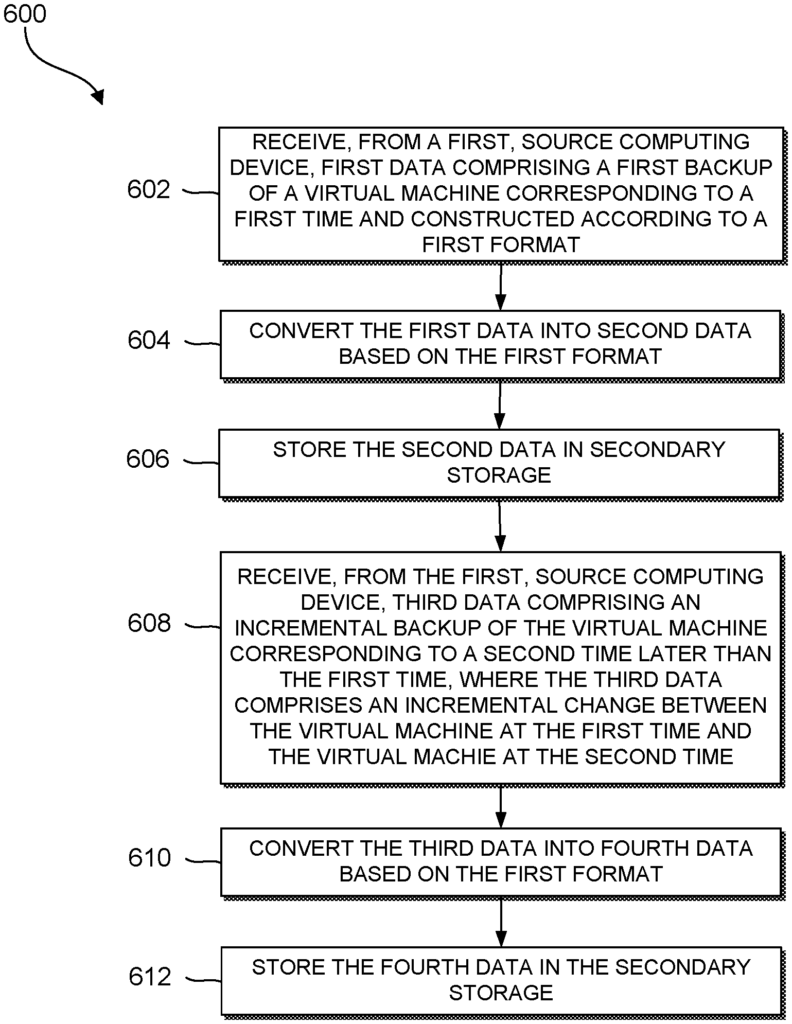
The Commvault Systems Inc invention works as follows
The method includes, according to certain aspects: performing a first incremental backup of data associated first with a virtual (VM) residing in a source client computer device; transferring the data to one or multiple secondary storage units to create a copy of the VM; receiving a request to restore the data associated first with the VM; retrieving the data from the secondary storage device; and applying the data to the second data associated second with a replicated VM running on a destination client computing devices, wherein the replicated VM
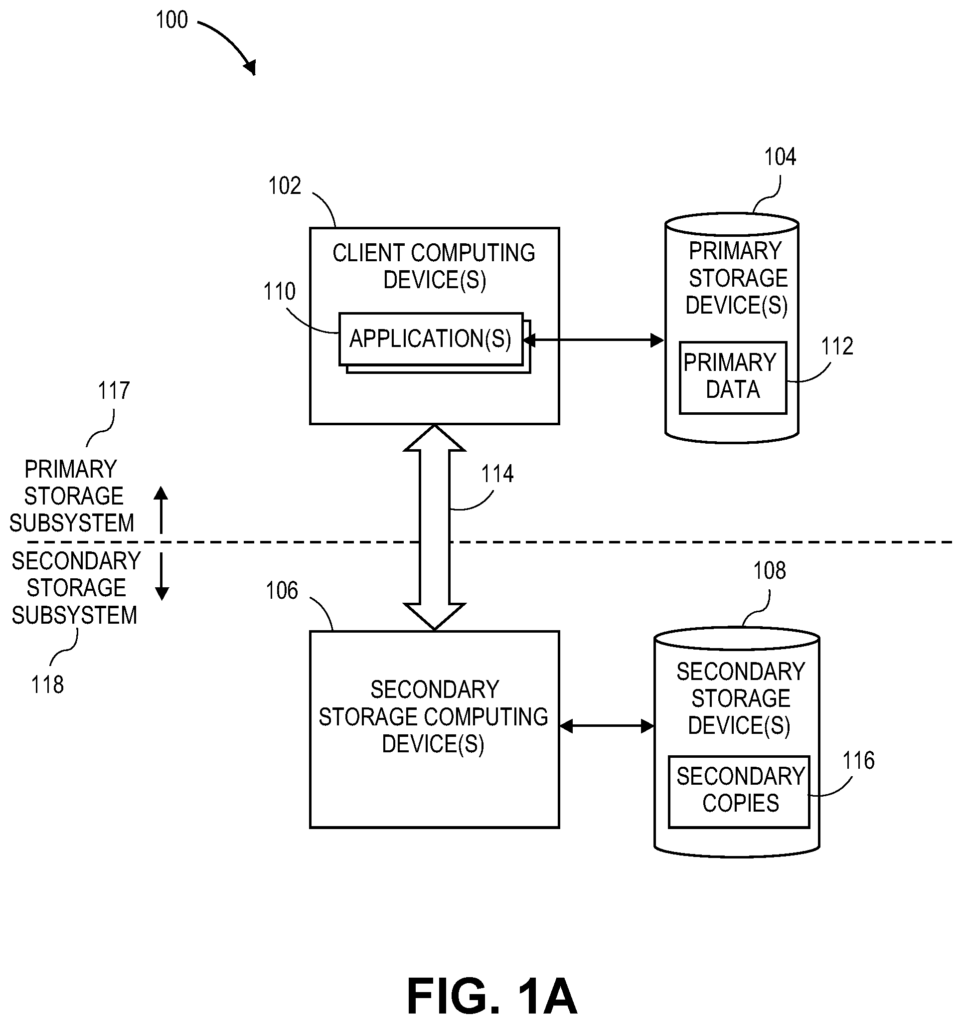
Background for Cross-platform Virtual Machine Backup and Replication
Information Management System Overview
Client Computing Devices.
Primary Data, Exemplary Primary Storage Devices
Secondary copies and Exemplary Secondary Storage Devices
The Use Of Intermediate Devices to Create Secondary Copies
Exemplary Secondary Data and Exemplary Primary Data
Exemplary Information Management System Architecture
Storage Manager
Data Agents
Media Agents
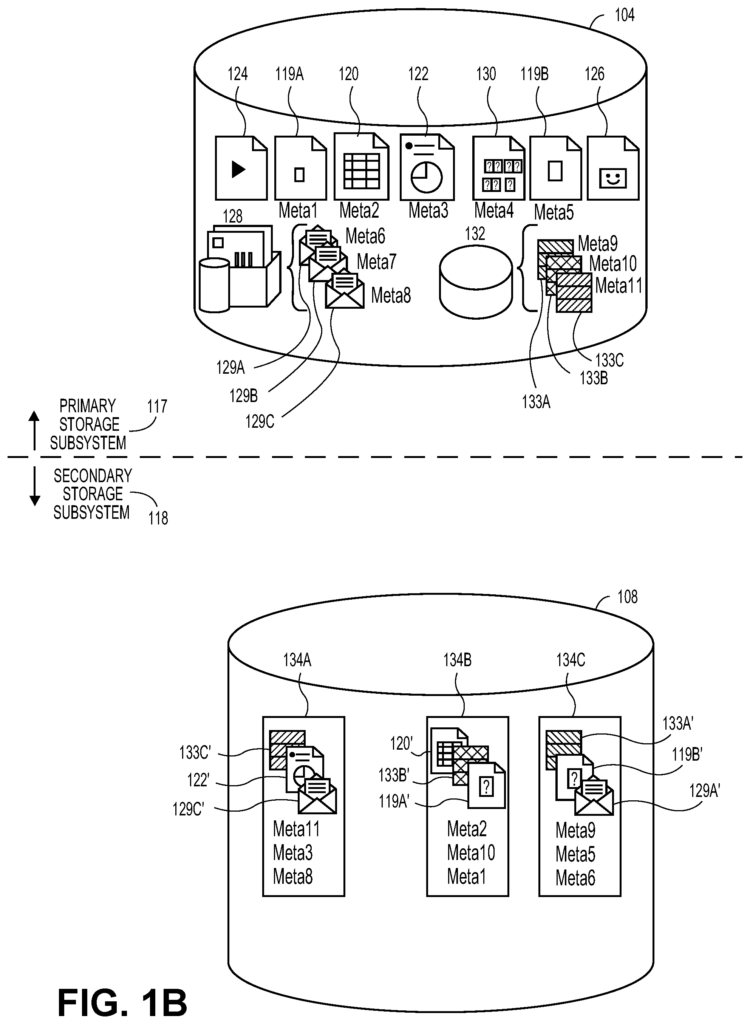
Distributed, Scalable Architecture
Exemplary Types Information Management Operations
Data Movement Operations
Exemplary storage policy and secondary storage operations
Exemplary Secondary Copy formatting
Exemplary information management system for implementing virtual machine (VM) backup and replication
Example User Interface for Implementing Virtual Machine Backup and Replication (VM)
EXAMPLE EMBODIMENTS
Terminology
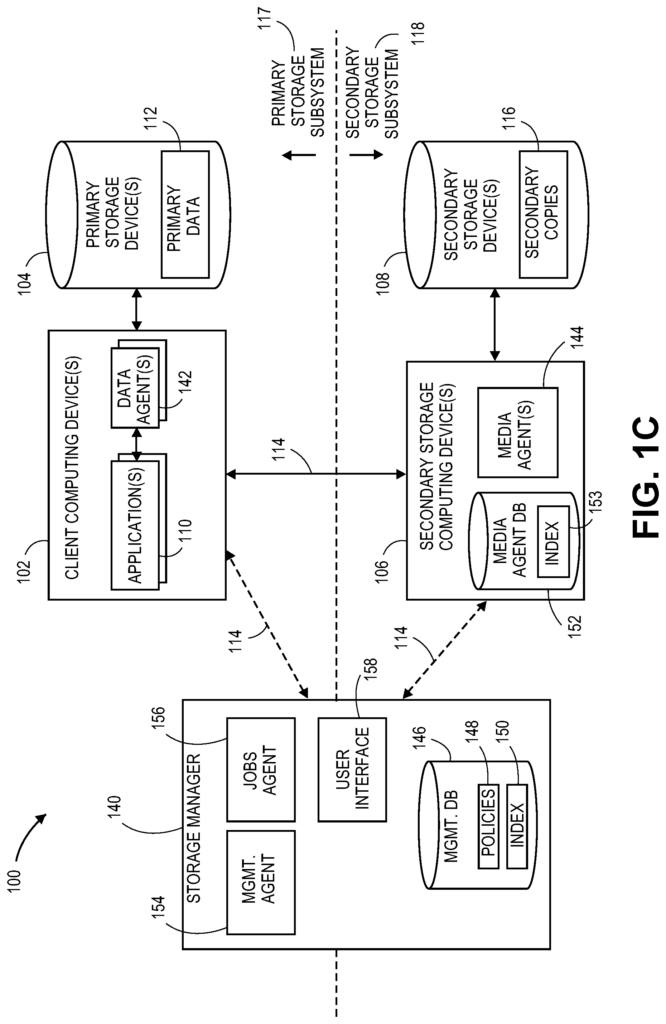
Click here to view the patent on Google Patents.
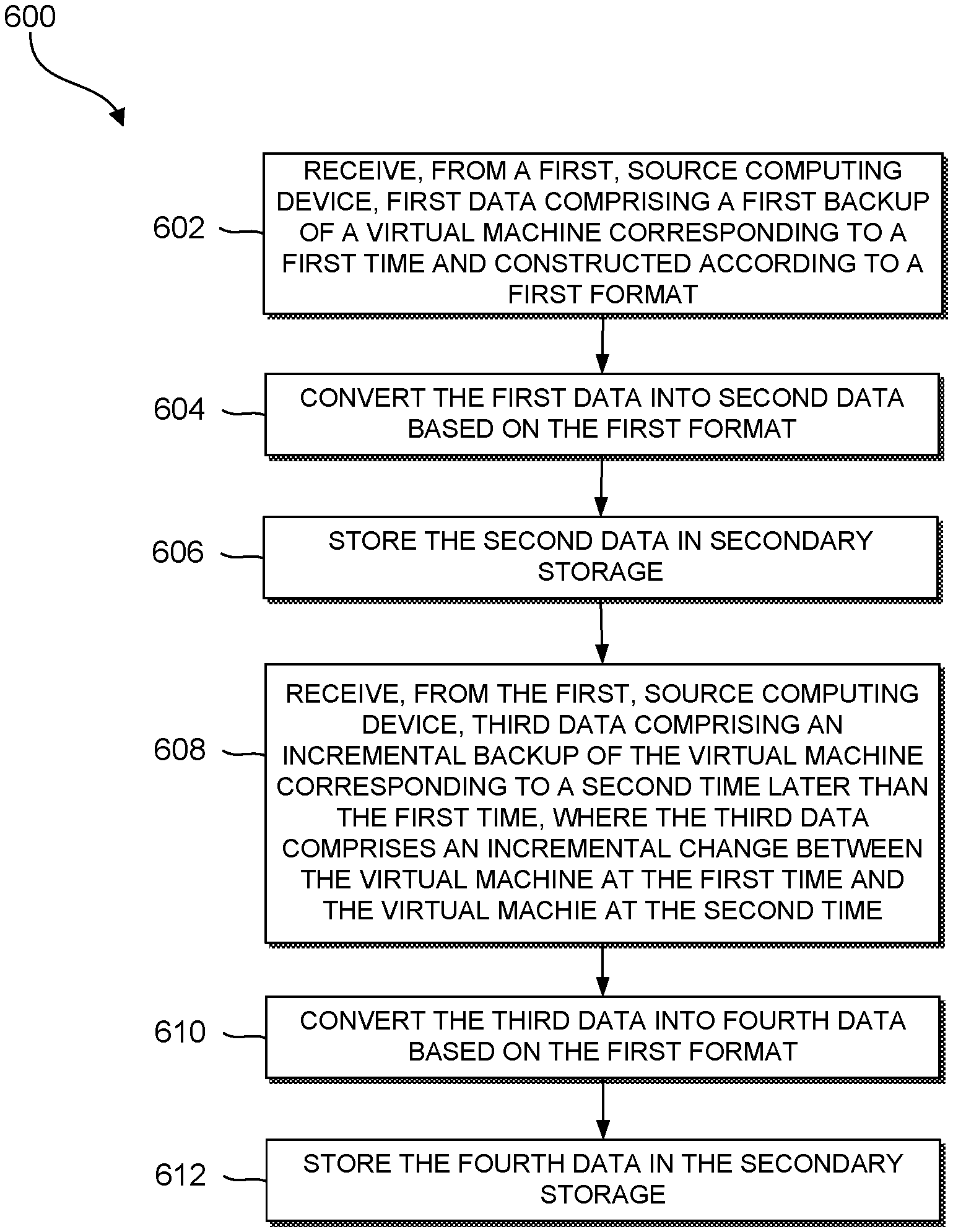
Leave a Reply